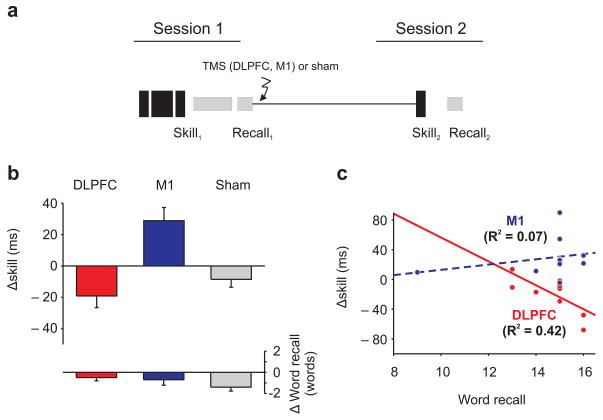Figure 2. Experiment 2, interference between motor skill and word-list learning.
(a.) Participants learned a motor skill and then a word-list in quick succession, TMS (to DLPFC or M1) or sham stimulation was applied and twelve hours later participants motor skill and word recall was retested. (b.) Motor skill was impaired by the word-list learning task after sham or real stimulation to DLPFC (box ± s.e.m.). In contrast, applying TMS to M1 prevented the impairment of motor skill by the word-list learning task. Preventing interference between the tasks was not dependent on disrupting the interfering memory because word recall changes were not significantly different across the groups (box ± s.e.m.). (c.) The relationship between the tasks was affected by stimulation. There was a significant correlation between the decrease in motor skill and initial word recall following DLPFC stimulation; whereas, there was no significant correlation following M1 stimulation. The correlation following DLPFC stimulation was significantly greater than the correlation following M1 stimulation (see above R2 values).

